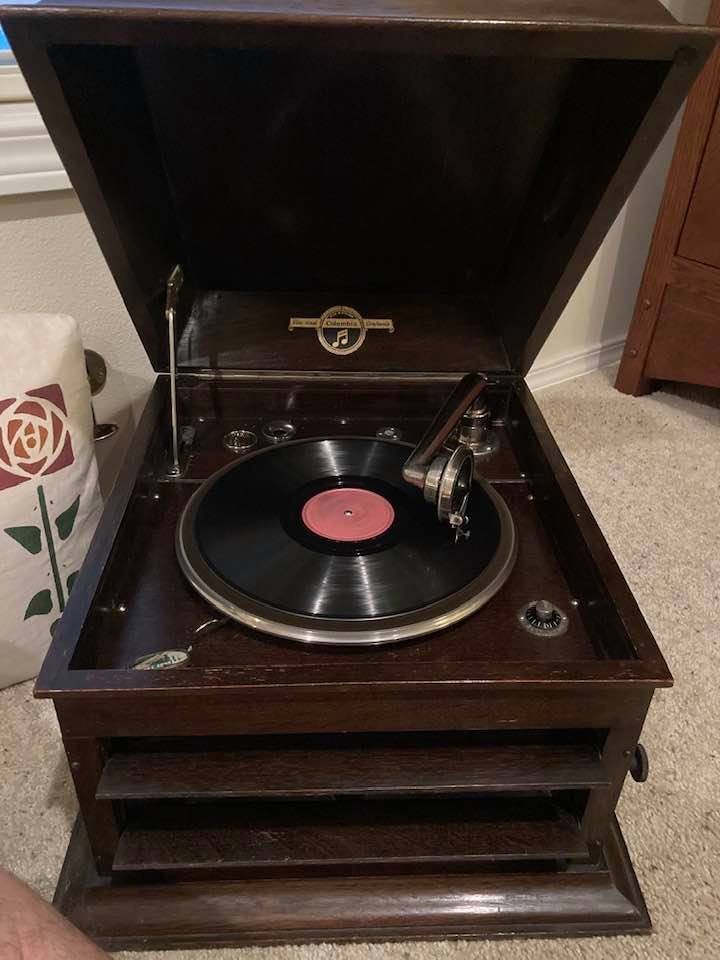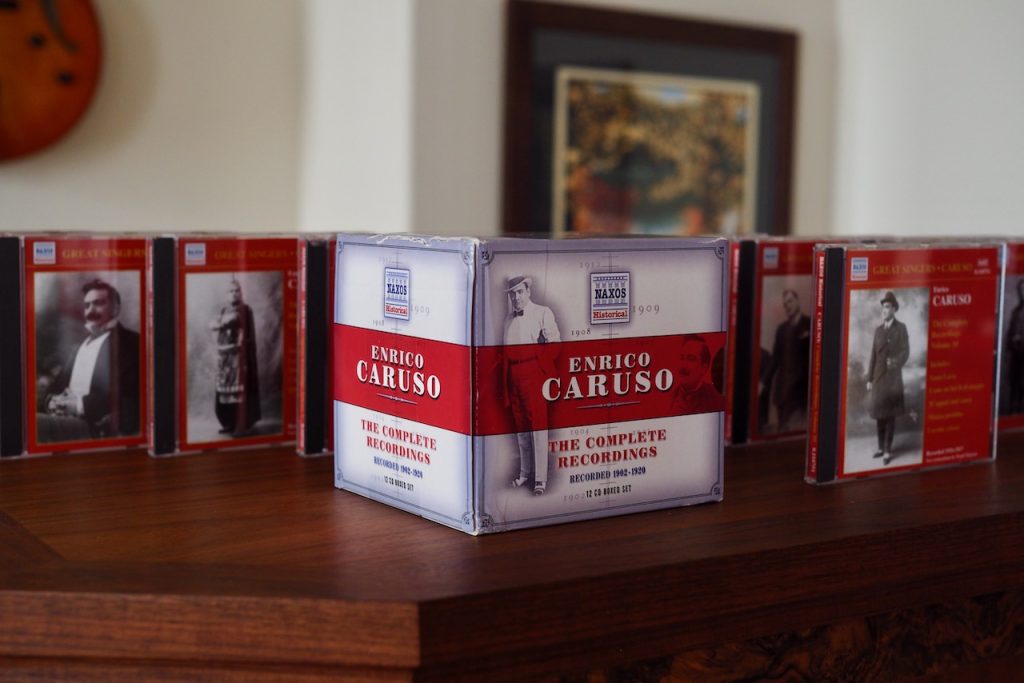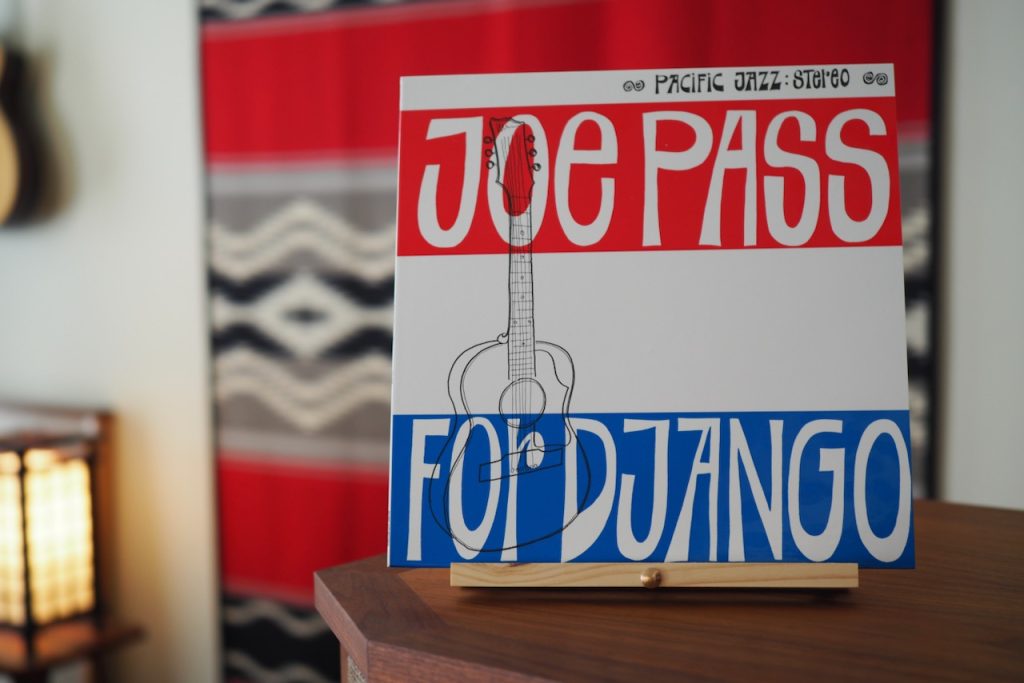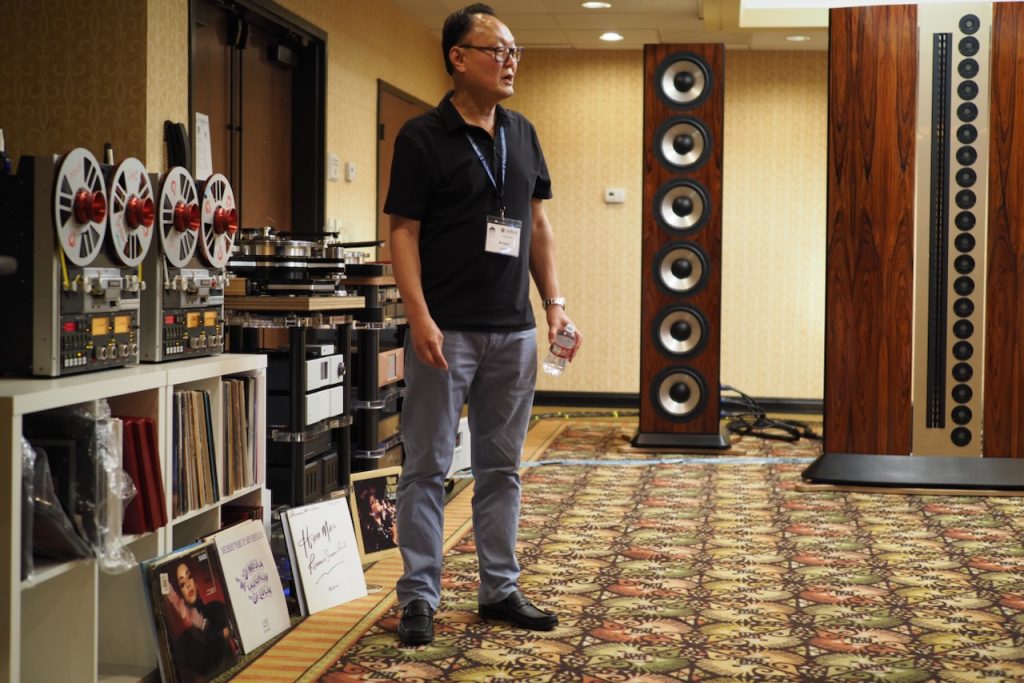"Journey into the whirlwind ..." isn't actually a nod to the memoir by the same name, written by Eugenia Ginzburg, about her life and imprisonment under the rule of Joseph Stalin.
Neither is it a reference to the last three years of being "imprisoned" by the coronavirus pandemic, the resulting social isolation, and the limited opportunities for travel that came with it.
No, its not about living during a time of increased social unrest, increasing financial instability around the world, climate change, weirdo politics, or the decline and/or rise of empires that is occurring.
Nothing as lofty as that. Rather, its about topics that I usually blabber on about at length here at Jeff's Place, the music and hifi kit that takes such a central role in my life and happiness.
I know, shallow eh?
"Journey into the whirlwind ... and back out!" is an allusion to my observations of what trends have been going on in the music and hifi industry over its existence, how it affects my own insignificant life, and perhaps even affects some of your lives.
The focus for this article stems from my own views about the importance of being able to enjoyably listen to the entirety of Planet Earth's recorded music canon regardless of its original recorded fidelity, as well as a few other tidbits I'll bring up.
A lot has happened with music listening since the recording arts emerged on Planet Earth circa 1877.
Back in early days of recording everything was monaural. Personally, I really enjoy listening to the great monaural recordings of musical performances from the acoustic (1877 - 1925), electric (1925 - 1945), and early magnetic (1945 - 1957) eras of the recording arts.
Then stereo recording appeared on Planet Earth during later part of the magnetic era of recording (1957 - 1975), and continues to this day in the digital era of the recording arts (1975 to the present day).
I really enjoy listening to recordings of good music from the stereo eras of recording as well, like the Joe Pass For Django album in the photo above, one of the greatest jazz guitar albums of all time.
Ideally, all albums of great music would have great recorded fidelity, like For Django, but that's not the reality, as only a relatively small number of recordings of great music in our recorded music canon were recorded in high-fidelity stereo formats.
As Positive Feedback Editor Dave Clark and I were conversing about over dinner one evening at the Pacific Audio Fest, a lot of the music we enjoy listening to wasn't recorded all that well. LoFi.
It's the age old audio conundrum, "What's more important, the quality of the musical performance, or the quality of the recording?"
In case you haven't been keeping score, for most of the population of Planet Earth that listens to music as part of their journey through life, the quality of the musical performance is what's most important to them. Most people would rather listen to what they consider to be 'good music', rather than listen to music just because it has been recorded well.
However, among that population of people who enjoy listening to music, there's a small subset of people who prefer to listen to music that is recorded well, called audiophiles. Among the audiophile subset there is another even smaller subset of listeners who think the recording quality of music is more important than the quality of the musical performance.
That's definitely not my preference, nor Dave's, nor many of you who written to me or that I've met, who just want to listen to the music we love on our hifi systems, regardless of its recording quality, and still be able to maximally enjoy it.
At the moment, a subset of music listening subsets, is making a lot of noise about the current allegations that Mobile Fidelity used digital masters for their record reissues rather than analog. I get it, customers didn't get what they thought they were getting (or maybe not, we'll see), so they are pissed off about it.
I actually have quite a number of Mobile Fidelity "Original Master Recordings" LPs. Most of them I have been quite disappointed in, and hardly ever listen to, but not because of the possibility of them being sourced from digital transfers.
Interesting tidbit insert: At the Pacific Audio Fest (more HERE), in the Genesis Advanced Technologies room, Ki Choi, considered to be one of the world's leading experts in restoring, calibrating, etc., vintage studio reel-to-reel (R2R) tape machines, had something quite interesting to say about analog master tapes vs. digital transfers of them.
Keep in mind that Ki Choi was demonstrating the difference in sound quality between playing analog master tapes on reel-to-reel studio tape machines at 30 ips and 15 ips, and that of LPs.
Ki Choi demonstrated how 30 ips sounded better than 15 ips on reel-to-reel, and 15 ips reel-to-reel sounded better than LPs, although all sounded very good.
Then Mr. Choi mentioned how that he couldn't hear the difference in 30 ips analog master tapes and the best digital transfers of them, although it was a little bit disturbing in the back of his mind about them being digital. Hmm. Interesting eh?
Back to Mobile Fidelity. For me, the question about whether MoFi used analog or digital masters for LP reissues matters less to me than the way they were remastered.
I'm not fond of most of my MoFi LPs because they sound to me like they were remastered to appeal to that subset of subset audiophiles, who tend to like recordings and/or audio systems that have been 'goosed' in the upper-midrange, presence, and the brilliance regions of the audio spectrum.
(There's more HERE at the excellent Teach Me Audio website about how fiddling with those regions during mastering affects recordings.)
'Goosing' the upper-midrange, presence, and brilliance regions can add additional presence, clarity, definition, sparkle, and air to a recording. That's a good thing, right?
Personally, I don't like 'goosing' in those regions because it also alters the timbre of instruments, makes music sound more irritating, harsher, and unnatural, diminishes musicality, sounds more hifi-ish and electronic, and makes the music more fatiguing to listen to. Ick.
That's what I like to grouse about when it comes to MoFi, not the source of their master tapes, or files, whatever the case may be.
Compare MoFi's LPs to remastered reissues from Analogue Productions, or others, and I think you'll get it. Analogue Productions LPs have a more natural tonal balance that has resisted the temptation to 'goose' the upper-midrange, presence, and brilliance regions of the audio spectrum too much, and as a result they are much more enjoyable to listen to. At least that's my take on things.
As the car salesmen like to say, "There's an ass for every seat." So if you like that 'goosed' style of presentation in your LPs, know that someone will make it for you and sell it to you. Or if you like more musically natural presentations of your recorded music, someone will make that for you and sell it to you too.
That's good, isn't it? Record companies are making what you want, and making it available to you to buy. So whether its a MoFi or AnPro style of presentation, they're making what you want.
Ok, that's enough about 'goosing' the music, but what about the 'goosing' of hifi systems that is also common in the audiophile world?
I used to dread going to hifi shows because so many of the audio systems being demonstrated were amusical in the way they presented the upper-midrange, presence, and brilliance regions of the audio spectrum. Maybe 90% of them were annoying to listen to, and the 10% that sounded natural and like music were few and far between.
If you go back in time to the earlier days of hifi, when Altec loudspeakers, vacuum tube electronics by Marantz and McIntosh, and even reel-to-reel tape machines, were mainstays in enthusiasts living rooms, there was a concerted effort by R&D departments to make products that sounded naturally musical when playing records or tapes, or listening to the radio.
They wanted you to enjoy listening to recorded music so they could sell you audio systems. On those early audio systems you could play almost anything and have it be an enjoyable musical listening experience, which is of course part of the reason for the great interest in vintage audio equipment today.
Monaural 78 records from the acoustic and electric eras of recording, early monaural - and then stereo - magnetic era of recording tapes and records, or broadcasts over the radio, all provided musically engaging and enjoyable listening experiences.
Then something terrible happened, and darkness fell over much of the audio industry. While audio technology continued to develop, a general amusicality of voicing swallowed up many in the industry. Manufacturers began to ... wait for it ... 'goose' the upper-midrange, presence, and brilliance regions of the audio spectrum in their designs, and amusicality became the norm.
That's changed. At least it has changed for what I heard at the Pacific Audio Fest, where about 90% of the audio systems being demonstrated sounded pretty good playing music, which made music listening more pleasurable again, instead of a neurotic exercise in suffering.
In fact, many exhibitors emphasized the fact that they have made a concerted effort to develop audio designs that were more musically natural sounding, which was easily the most important trend at the Pacific Audio Fest, in my opinion.
So what happened? This is pure speculation on my part, and at least partly in jest, but I like to imagine it this way: Over the period of the pandemic, designers were trapped listening to whatever they had in their covid caves.
A fair amount of them said, "I'm not listening to this crap anymore, I've got to do something about it." And they did, they designed audio equipment that was capable of playing a wide variety of source material of varying fidelity in a way that made it very musically enjoyable.
Or in other words, a number of designers are returning to the audio roots of bygone days, developing audio equipment that once again has a naturally musical tonal balance, and is capable of playing recordings of virtually any fidelity in a much more musically satisfying fashion.
That's really good news for me, and for most of you reading this, I suspect.
So that's my story about the "Journey into the whirlwind ... and back out!"
From what I heard at the Pacific Audio Fest it seems to me that many in the audio industry have turned a corner back towards natural musicality that makes listening to music a much more edifying pastime.
Could it be that we are entering into a new audio "Golden Age" of design? Thinking that might be the case makes me happy.
As always, thanks for stopping by, and may the tone be with you!



































